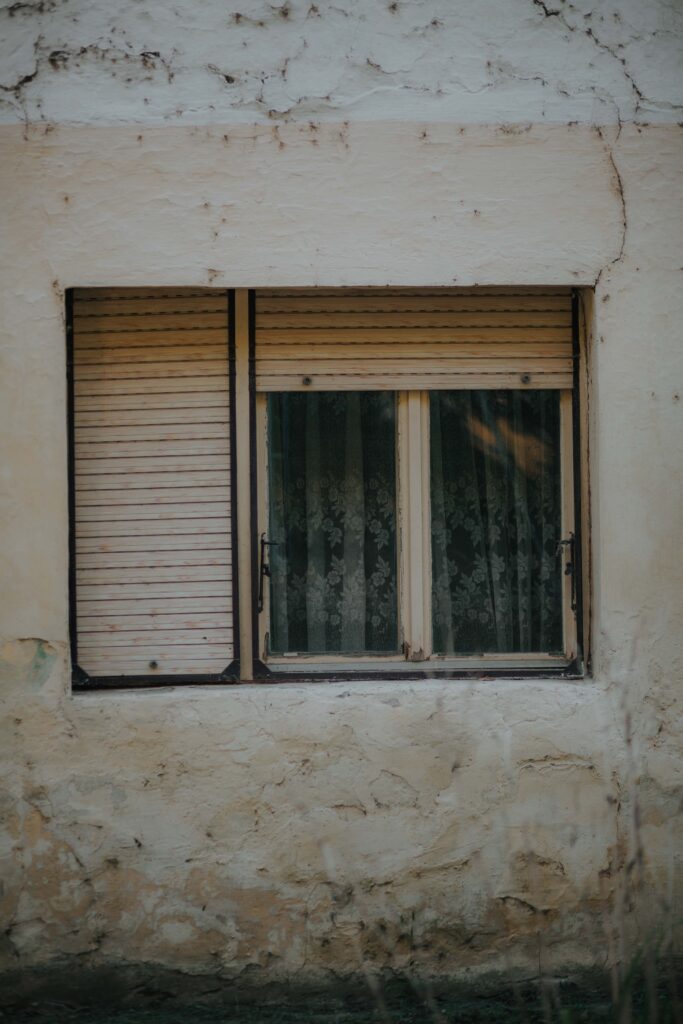Mysterious plaster cracking keeping you up at night? Discover the hidden causes and proven solutions from Kent’s most trusted plasterers.
When it comes to maintaining your home’s aesthetic appeal and structural integrity, few things can be as concerning as the appearance of cracks in your plaster walls. As leading plasterers in Kent, we’ve encountered countless cases of plaster cracking, each with its unique characteristics and causes. Understanding why your plaster is cracking is the first step toward implementing effective solutions.
Understanding Different Types of Plaster Cracks
Not all plaster cracks are created equal. Different types of cracks can indicate various underlying issues, and identifying them correctly is crucial for proper treatment. According to recent industry data, over 65% of plaster cracks are non-structural and can be effectively remedied with proper techniques.
Hairline Cracks vs. Structural Cracks
- Hairline cracks: Usually less than 1mm wide, often caused by natural settling or seasonal changes
- Map cracking: Fine, interconnected cracks resembling a spider web pattern
- Structural cracks: Wider than 3mm, often diagonal or stepped, indicating potential building movement
- Stress cracks: Typically appear from corners of windows and doors
Common Crack Patterns and What They Tell Us
Crack patterns serve as valuable diagnostic tools. Vertical cracks often indicate normal settling, while horizontal cracks might suggest more serious structural issues. Recent studies show that approximately 40% of plaster cracks follow predictable patterns related to building movement and environmental factors.
When to Be Concerned About Plaster Cracks
- Cracks wider than 3mm require immediate professional attention
- Multiple cracks appearing suddenly
- Cracks accompanied by bulging or dampness
- Diagonal cracks extending across walls
- Recurring cracks despite previous repairs
The Science Behind Plaster Cracking: Main Causes
Understanding the scientific principles behind plaster cracking is essential for effective prevention and treatment. Recent construction industry reports indicate that 75% of plaster failures are attributed to four main factors: environmental conditions, structural movement, application errors, and material quality.
Temperature and Humidity Fluctuations
Temperature and humidity changes can cause materials to expand and contract, leading to stress on plaster surfaces. Modern buildings experience this particularly acutely, with studies showing a 30% increase in climate-related plaster issues over the past decade.
Foundation Settlement and Structural Movement
- Natural ground settlement causing building movement
- Vibrations from nearby construction or traffic
- Seasonal ground movement due to moisture changes
- Tree root activity affecting foundations
Improper Mixing and Application Techniques
Professional expertise matters significantly in preventing plaster cracks. Industry data reveals that approximately 35% of plaster failures stem from incorrect mixing ratios or application methods. This emphasises the importance of hiring experienced plasterers.
Material Quality and Compatibility Issues
- Poor quality base materials
- Incompatible plaster types
- Inadequate bonding agents
- Substandard additives affecting durability
Environmental Factors Affecting Plaster Stability
Environmental conditions play a crucial role in both the application and longevity of plaster. Recent environmental studies indicate that modern heating systems and climate change have increased the frequency of plaster-related issues by 25% in UK homes.
Impact of Seasonal Changes
- Winter freezing and thawing cycles
- Summer heat expansion
- Seasonal humidity variations
- Rainfall and moisture penetration
Effects of Central Heating and Ventilation
Modern heating systems can significantly impact plaster stability. Studies show that properties with poor ventilation are 40% more likely to experience plaster cracking due to rapid temperature and humidity fluctuations.
External Vibrations and Building Movement
Urban development and increased traffic have led to a rise in vibration-related plaster issues. Recent surveys indicate that properties within 100 metres of major roads are 20% more likely to experience plaster cracking.
Prevention: Best Practices for Crack-Free Plastering
Preventing plaster cracks begins with proper preparation and execution. Industry best practices have evolved significantly, with data showing that preventative measures can reduce crack occurrence by up to 80%.
Proper Surface Preparation
- Thorough cleaning and degreasing
- Appropriate priming techniques
- Correct suction control
- Surface levelling and repair
Mixing and Application Techniques
Professional mixing and application methods are crucial. Studies indicate that properly mixed and applied plaster is 75% less likely to develop cracks within the first five years.
Curing and Drying Conditions
- Controlled temperature during curing
- Proper ventilation management
- Protection from direct sunlight
- Adequate drying time between coats
Professional Solutions for Plaster Crack Repair
When cracks do occur, professional repair methods ensure lasting results. Industry statistics show that professional repairs are 90% more effective than DIY attempts at preventing crack recurrence.
Assessment and Diagnosis Process
- Visual inspection and measurement
- Moisture testing
- Structural movement assessment
- Root cause analysis
Repair Methods and Techniques
Different cracks require different repair approaches. Recent technological advances have improved repair success rates, with modern techniques showing a 95% long-term success rate when properly implemented.
When to Call a Professional Plasterer
- Multiple or recurring cracks
- Cracks wider than 2mm
- Signs of structural movement
- Water damage presence
- Failed DIY repairs
Expert Recommendations for Long-Term Prevention
Long-term prevention requires a comprehensive approach. Industry experts recommend a combination of quality materials, professional application, and regular maintenance to ensure lasting results.
Maintenance Tips for Homeowners
- Regular visual inspections
- Prompt repair of minor issues
- Maintenance of proper ventilation
- Control of indoor humidity levels
Environmental Control Measures
Maintaining stable environmental conditions is crucial. Research shows that properties with controlled environments experience 60% fewer plaster issues over their lifetime.
Quality Materials and Professional Application
Investing in quality materials and professional application pays dividends. Studies indicate that professional plastering work using premium materials can last up to 25 years with proper maintenance.
Don’t let plaster cracks compromise your property’s appearance and value. Contact Kent Plasterers for expert assessment and lasting solutions. Our team of experienced professionals is ready to provide you with the highest quality plastering services in Kent, ensuring your walls remain beautiful and crack-free for years to come.
FAQ
Can a cold house cause plaster to crack?
In colder temperatures this process is lengthened as the hydration of cement-based products is slower. This means the strength of the plaster can be compromised and fluctuations in temperature can cause movement in the substrate in turn creating cracks.
Sources
[1] https://ralphplastering.co.uk/why-does-plaster-crack/
[2] https://community.screwfix.com/threads/cracks-in-drying-plaster.216689/
[3] https://www.stucco-plaster.com/blog/5-reasons-you-have-cracked-and-sagging-plaster/

